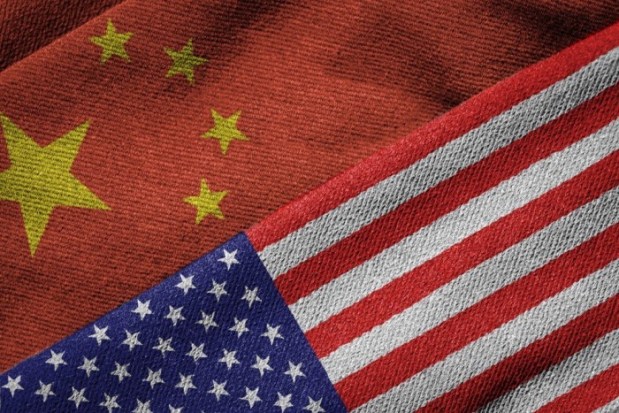Treasury Taps Chinese Bullet Train Builder For High-Speed Payments Rails

After years of dreams about a high-speed rail line linking the West Coast’s metropolises, it finally looks like one might end up as a reality. California-based XpressWest has partnered with a group backed China Railway, the national rail company of the People’s Republic of China, for an initial loan of $100 million to construct a high-speed line from Los Angeles to Las Vegas.
If there’s one thing the U.S. government knows, it’s efficiency — and that’s why China Railway and chairman Yang Zhongmin will be in charge of a national effort to construct high-speed payments rails for the U.S. economy, too.
Federal officials announced the deal Friday (April 1), which would see a temporary but complete and wholly constitutional takeover of the U.S. financial industry’s infrastructure by China Railway. Speaking on condition of anonymity, one high-ranking aide within the U.S. Department of the Treasury said that his office has been under mounting pressure from retailers and financial groups alike frustrated that the buzzphrase of “faster payments” has retained is buzzworthiness for so long. In effect, the Treasury official said that partnership with Zhongmin is a helping hand just when the U.S. payments ecosystem needs it.
“If you want something done, sometimes you’ve just got to outsource it yourself,” the anonymous Treasury official said.
In a lengthy press conference given exclusively in Mandarin on the steps of the Treasury Building at the beating heart of America’s democratic political machine, China Railway chairman Zhongmin explained that he was eager to bring the People’s Glorious High-Speed Payments Rails Of The Glorious Revolution to the U.S. as soon as possible. Through a translator with prior experience at Nelson Mandela’s memorial service, Zhongmin remarked that mobile payments in China were so fast —like, seriously, really fast you guys, like Google Fiber for your credit card — and that it was off this infrastructure that the American system would piggyback. Before his associates could remove the several dozen Treasury-branded cash bags from the press conference stage, Zhongming outlined how server farms would be set up in New York City, Washington, D.C., and San Francisco to route all transactions originating within the U.S. to data centers in China, where the inherently superior payments technology would take over before sending everything back.
“It is the sincere hope that State Council of the PRC that half of the U.S.’ payment information will soon be flowing under the watchful eye of Beijing’s IT professionals,” Zhongmin said through an interpreter.
The assembled Chinese delegation then began chuckling to themselves as the interpreter inadvertently kept translating into the hot mic whispered sentences like “As if it’s not already,” “How much yuan is $50 billion?” and “Who cares, just hurry up and get to the plane.”
Zhongmin also explained that all new iPhones manufactured in China — so, all iPhones — would come pre-installed with the latest Chinese payments technology to ensure compatibility with their high-speed system. When the system is finished, consumers will have the option of paying a small foreign currency fee per transaction or simply converting their American bank accounts from dollars to Chinese yuan.
When asked why a foreign railway company was best suited to revamping the U.S. payments infrastructure, a Treasury spokesman mumbled something into the microphone about a globalized economy and the need for close ties with international allies. When asked why the Treasury didn’t reach out for help from Scandinavian countries that show equally high technological capabilities with high-speed payments as China but comparatively low rates of social authoritarianism and targeted hacking incidents on the U.S., the Treasury official grew angry and began asking assembled reporters where they and their wise-guy attitudes were a week ago when the agreement was signed.
Miraculously, Donald Trump could not be reached for comment.
Editor’s Note: This article is part of the PYMNTS.com special April Fools’ edition. Any connection to fact is purely coincidental.
